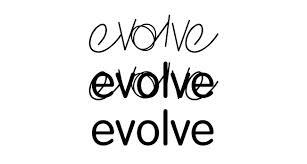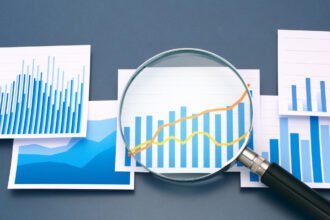Making sense of all the noise is difficult in the era of data. Businesses have invested billions to hire data scientists, and data has already changed various fields involving retail and healthcare. On the other hand, Kaggle?s survey found out that many data scientists feel the lack of explaining data science to others as one of the barriers faced at work. Moreover, data science, according to Hugo Bowne-Anderson?s research requires from the scientists skills to learn on the fly and soft skills in order to fulfill business questions, explaining difficult results to non-technical shareholders.
Bridging the Gap Between Data Scientists and their Colleagues in Business
Such gaps between tech and business professionals exist for a long period of time. A team approach helps to cover those gaps and allows to take advantage of data science. A major software development in Ukraine helps to deal with today?s tech challenges and apply big data in a meaningful way. It is easy to stay on track with data-driven decisions and advanced analytics. What A Company Needs To Do 1. Organizations have to check whether they have needed expertise. It involves the skills to operate big data platforms and to apply different analytics techniques such as machine learning, and using tools like Python and R. 2. Companies need to bridge the increasing communication gap between the engineering teams and data science, and the related business functions that lean on them for data-driven decisions. These two steps are important because data analytics is only helpful if it may generate insights. In most cases, data scientists are ill-equipped to explain the results of their work. What organizations demand is persons with a hybrid skill set that mixes awareness with data science, deep knowledge of big data platforms, basic techniques and analytical tools, and an ability to present technical insights in a way that allows to easily implement them.
How to Not to Get Lost in Translation
Different departments in the company generate data separately and distributes it in isolation. Good alternatives that treat these limitations at both the individual and the structural levels, in a way that combines employee skill sets and new technologies have appeared. That?s why it?s valuable to create Enterprise Data Hubs where data are concentrated and are accessible for anyone to explore and analyze. To handle those systems, your company needs both analysts and data engineers who may synchronize and understand, facilitate and help to build communication between IT department, business assets, and big data. Let?s deeply consider what enterprise architects and big data business analysts can bring to the table. 1. Enterprise architects. They create enterprise-wide and responsive data architecture that can help with aligning IT strategies and business goals. Moreover, enterprise architects provide large-scale program review, track technology life cycles and identify how individual technologies will change. Their jobs demand to maintain a connection with various employees across the company in order to assign custom data storage and develop solutions. They develop the environment to translate big data into business insights that are meaningful. 2. Big data business analysts. Big data has changed the role of the business analyst. Nowadays, they may no longer base decision-making on the market research and trends. Big data business analysts lean on the insights brought from data analytics to develop the business. Many companies have started to experiment with DevOps functions which involve operations and IT across multiple departments. These developments show how business processes boost and how to use new technologies. Developing a Better Data Science Operation A good data operation based on automation, teamwork, and advances in visualization techniques. These steps will help you to build needed data science operation. Project management. A successful project manager needs to have good organizational and strong diplomacy skills, allowing to fulfill cultural gaps by gathering different talents and getting all of them to speak the same language. Data wrangling. Abilities that are important are gathering and cleaning data, building systems, and developing and supporting algorithms and other statistical engines. People with significant talent will search opportunities to accelerate operations with predictable visual output that will boost the information-design process. Data analysis. The skill to develop hypotheses and test them, take advantage of data, and relate it to a specific business context is essential. Context setting and critical thinking are the key skills for the analysis of data as well.
Data Scientists and Business Professionals Need to Speak Each Other?s Languages
So, bridging the gap between skilled data scientists and other departments is valuable for each organization. Businesses need people that can transform difficult technical insights into simple and clear ideas. These tips will help you to gain profit from all the data you have.










